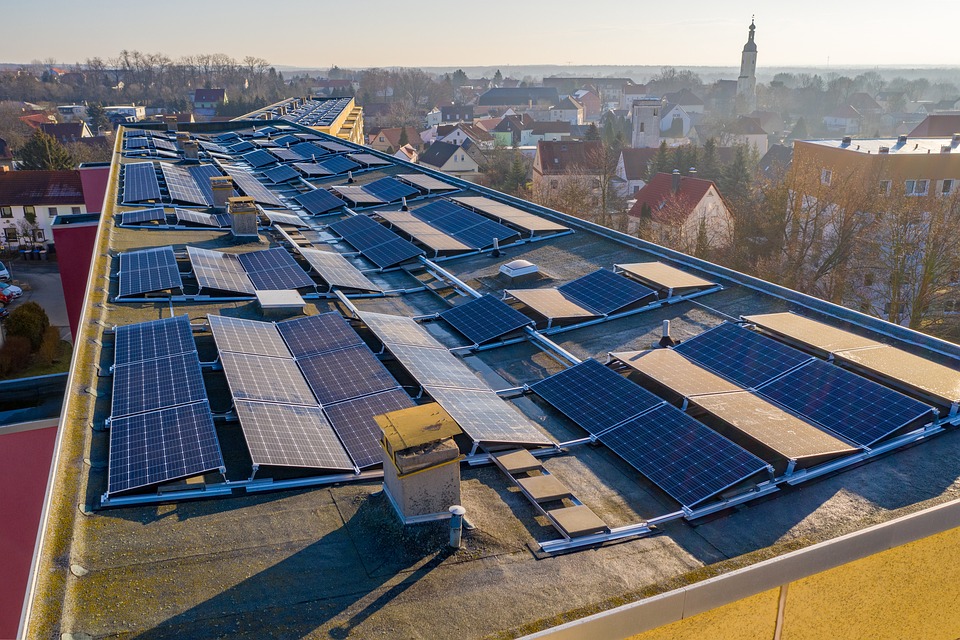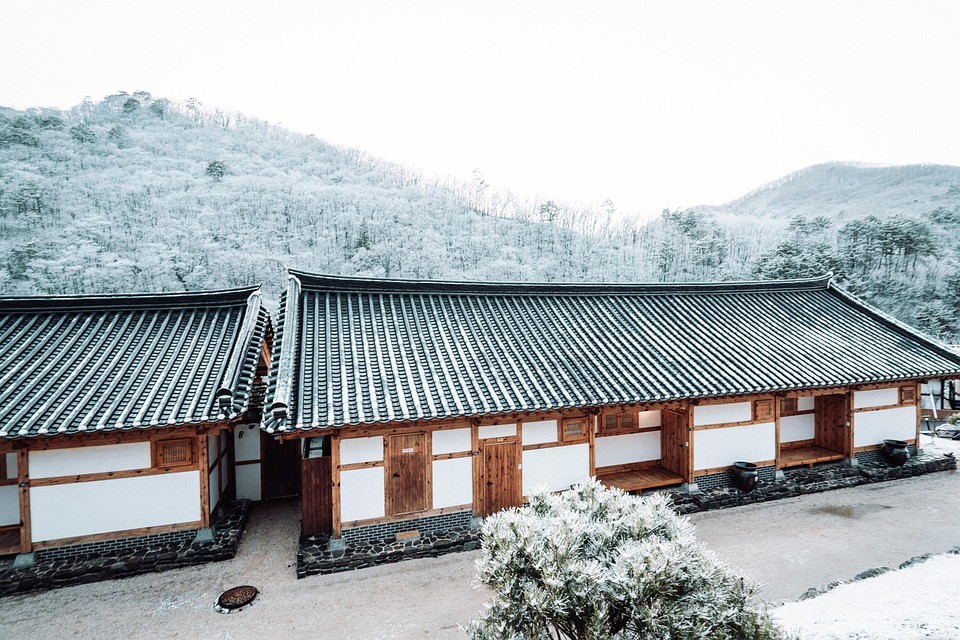**10 Native Plants That Make Your Garden Thrive and Help the Planet**
### 10 Native Plants That Make Your Garden Thrive and Help the Planet There’s something magical about watching a garden flourish. It begins with a simple seed that pushes through the soil, reaching for sunlight. I remember my own garden’s transformation when I shifted to using native plants. It was an eye-opening experience—once I embraced the local flora, my garden not only thrived, but it became a haven for diverse wildlife and a beautiful tapestry of colors and textures. Native plants are essential for sustainable gardening because they’re perfectly adapted to the local environment, conserving water and requiring fewer inputs. Let’s dive into ten amazing native plants that will not only transform your garden but also benefit our precious planet. ### 1. Coneflower (Echinacea purpurea) Coneflower is a perennial favorite for many gardeners, and for good reason. This hardy plant is drought-resistant and attracts pollinators like bees and butterflies. Its vibrant purple blooms stand tall and proud, adding a splash of color to your garden. Additionally, coneflowers have medicinal properties and can be brewed into teas that help boost immunity. **Pro Tip:** Allow some coneflower heads to dry out and remain in your garden. They will provide seeds for birds throughout the winter! ### 2. Black-eyed Susan (Rudbeckia hirta) These cheerful yellow flowers are not only visually appealing but also remarkably resilient. Black-eyed Susans thrive in various soil types and conditions, making them ideal for any garden setting. They bloom in late summer and can last through fall, providing a rich nectar source for numerous butterflies and bees. **Pro Tip:** Plant in clusters to create a stunning visual impact and to attract more pollinators! ### 3. Blue Wild Indigo (Baptisia australis) Blue Wild Indigo is a striking plant that brings a burst of blue to your garden. Its roots reach deep into the ground, helping with soil structure and preventing erosion. With its tall stalks and robust leaves, it creates a beautiful backdrop for smaller plants. It’s also a nitrogen-fixer, which enriches your soil. **Pro Tip:** After the blossoms fade, leave the seed pods on the plant for architectural interest and to feed local wildlife. ### 4. Prairie Dropseed (Sporobolus heterolepis) This ornamental grass is a perfect addition to any garden. Prairie Dropseed creates a lush, green carpet and offers excellent drought resistance. Its fine texture makes it a beautiful counterpart to flowering perennials. In the fall, its golden hue adds warmth to your garden while also providing habitat for small creatures. **Pro Tip:** Divide your prairie dropseed clumps every few years to ensure they remain vigorous and healthy! ### 5. Mountain Mint (Pycnanthemum virginianum) Mountain Mint might not be the first plant that comes to mind, but its spearmint-scented leaves and tiny white flowers make it a fantastic addition to the garden. This plant attracts a wide variety of pollinators, including bees and butterflies. It’s also a great herb for teas, adding flavor and health benefits. **Pro Tip:** Use mountain mint to create borders in your garden as its aromatic properties help deter pests. ### 6. Aster (Symphyotrichum) Asters are late-bloomers that add vital color to gardens in the fall, attracting pollinators just when many other flowers are fading. There are many species of aster, providing options for height and color. They are adaptable and thrive in various soil conditions. **Pro Tip:** Group different aster species together for a stunning fall display, and watch as pollinators flock to your garden! ### 7. Butterfly Milkweed (Asclepias tuberosa) Known for its vibrant orange blooms, Butterfly Milkweed is essential for attracting monarch butterflies, which rely on it as a host plant for their larvae. Its deep roots help it tolerate drought and poor soil, making it an asset to any sustainable garden. **Pro Tip:** Harvest and save the seeds in the fall to expand your milkweed patch for next year’s butterflies! ### 8. Serviceberry (Amelanchier) Serviceberry is a small tree that not only produces beautiful white flowers in the spring but also provides edible berries in the summer. These sweet berries are a favorite for both humans and wildlife. Its stunning fall foliage adds another layer of beauty to your garden. **Pro Tip:** Incorporate serviceberries in a hedge or along walkways where they can offer both beauty and food. ### 9. Wild Bergamot (Monarda fistulosa) Wild Bergamot, also known as bee balm, is a showstopper! Its purple flower clusters draw hummingbirds, bees, and butterflies. It’s perfect for adding a pop of color and fragrance to your garden. Additionally, the leaves can be used in herb teas, making it both beautiful and functional. **Pro Tip:** Plant wild bergamot in a sunny spot to enjoy its full beauty and attract the most pollinators! ### 10. Crabapple (Malus ioensis) Crabapple trees are resilient, adaptable, and incredibly useful in a sustainable garden. Their beautiful blooms in the spring and small, tart fruit in the fall provide food for birds and other wildlife. They also serve as a natural pest deterrent, as their tiny fruits attract beneficial insects. **Pro Tip:** Choose disease-resistant varieties to support your health and the environment! ### Conclusion: The Beauty of Native Plants Incorporating native plants into your garden not only enhances its aesthetic appeal but also plays a crucial role in supporting local ecosystems. By choosing plants that naturally thrive in your region, you help conserve water, reduce the need for chemical fertilizers and pesticides, and create a supportive environment for wildlife. There’s something deeply rewarding about watching your garden come alive with local flora and the creatures it attracts. Whether you’re a seasoned gardener or a novice, these native plants will undoubtedly enrich your gardening journey and contribute to the sustainability of our planet. ### Call to Action Ready to transform your garden? Start by introducing just a few of these native species, and watch how your garden flourishes, bringing a wealth of benefits to your home, local wildlife, and the environment. It’s time to grow a garden that thrives not only for you but for the planet, too!









